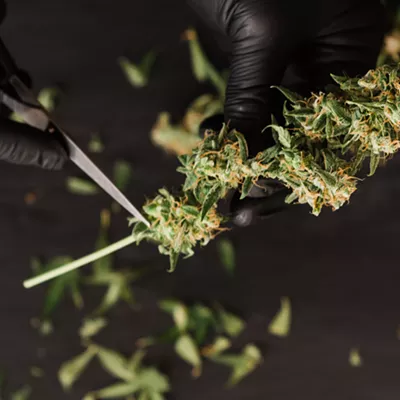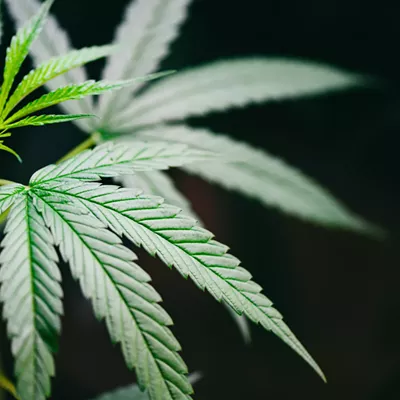More good news out of the courts this week as the Arizona Court of Appeals ruled that the presence of marijuana in one's system may not constitute driving under the influence nor merit subsequent charges.
The court's decision came as an early Christmas present on Dec. 22 as judges ruled in favor of medical marijuana patient, Nadir Ishak, who was arrested in 2013 for driving while impaired to the slightest degree and with marijuana in his system.
The majority opinion, penned by appellate Judge Diane Johnsen, said that Ishak did not receive a fair trial as he wasn't allowed to show his medical marijuana card to jurors.
The decision follows the opinion of a 2015 Arizona Supreme Court case that set the precedent for driving while under the influence of marijuana.
The decision allows people in such cases to contest their arrests by showing a "preponderance of evidence" that they weren't too high to drive.
This ruling lowers the bar for those arrested for marijuana DUIs by stacking their evidence up against that of the arresting officer. If the officer's proof that a suspect was too high is less convincing than the defendant's proof that they weren't, the charges could be dropped.
While it shouldn't be a surprise that a court stands next to "innocent until proven guilty," the burden of proof now lies on prosecutors to show that marijuana DUI suspects were high enough to impair their driving.
The case wades into the uncharted territory of exactly how much marijuana impairs drivers.
Most states don't have a specific law for marijuana DUIs, Arizona among them. Of the states that do, 12 have a zero-tolerance policy on the presence of THC or metabolites in the driver's system.
Six states have inference or per se laws dictating a specific legal concentration similar to the .08 grams of alcohol allowed per every deciliter of blood. Colorado, Montana, and Washington set the limit at 5 nanograms of THC per milliliter of blood, others set it lower.
Ishak had a reported 26.9 ng/mL of THC.
However, the judge deferred to the lack of consensus in the scientific community on measuring impairment.
Like alcohol, marijuana affects each individual differently based on the amount of fat in their body or their pattern of use. Frequent users may be able to function normally with a certain concentration of THC always in their system while first-time users may experience more intense effects at lower concentrations.
This is the point often missed by anti-pot crusaders who make inciteful claims that marijuana-related accidents have doubled since legalization.
Not only do varying levels of THC affect everyone differently, but measuring that concentration prior to a blood test is also difficult. Even with the blood test, results are difficult to read based on whether the law is based on THC or metabolites.
The National Highway Traffic Safety Administration says on its website that "Chronic users" can have 45 ng/mL of metabolites up to 12 hours after smoking with less than 1 ng/mL of THC.
Additionally, NHTSA says it's "inadvisable" to predict the effects of marijuana based on THC levels, and impossible based on metabolite levels, rendering laws with legal limits arbitrary.
Yet five states have zero-tolerance policies with legal medical marijuana. That leaves the door wide open for the prosecution of medical patients simply based on their prescription rather than their impairment.
At least the Arizona courts seem to understand the nuances of marijuana effects and lent a hand to the medical marijuana community.







